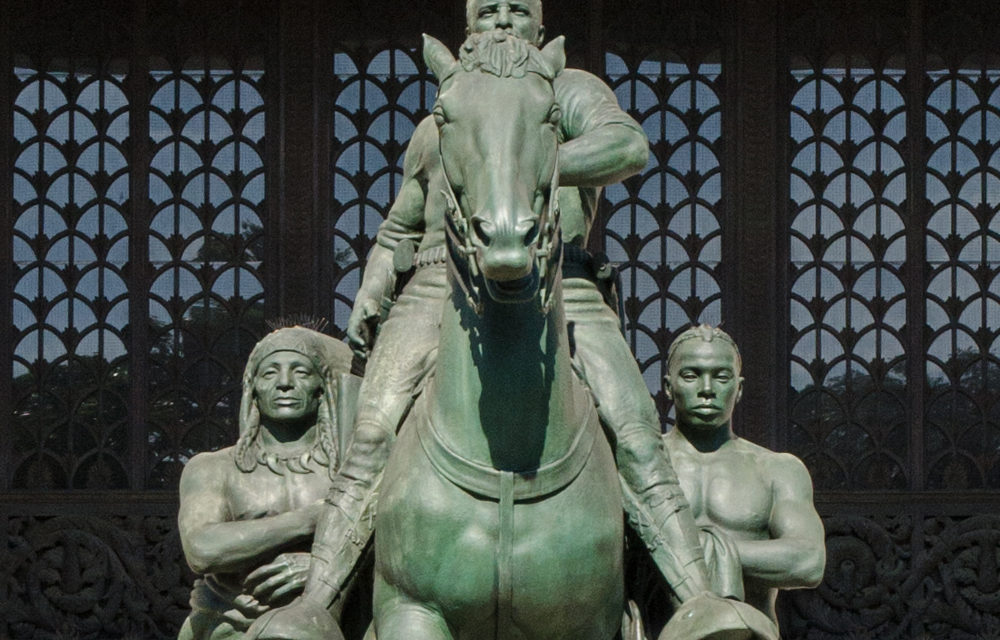The statue, unveiled in 1940, depicting the 26th president of the United States on horseback with a Native American on one side and a black slave on the other, is scheduled to be completely removed this week. According to the commission's spokesperson, the demolition costs total about two million dollars.
Last June, the commission unanimously decided to remove the statue, and in November it was announced that the statue would be moved to Medora, North Dakota, where it would be reassembled in front of the recently dedicated library building named after Roosevelt.
The decision is preceded by a debate that has been going on for decades: activists have been attacking the monument since the 1970s, which has also been doused with red paint several times.
The removal of the statue was initiated by the museum in 2020, whose director, Ellen V. Futter, explained in an interview with the newspaper that she agrees with the removal. The management of the museum library called the monument a problematic composition.
This is not the first such decision in the city: in November, the statue of the third president of the United States, Thomas Jefferson, was removed from the New York City Hall, citing that the former president was a slave owner. Incidentally, Jefferson's life partner was one of his slaves, Sally Hemings, who gave birth to six children by Jefferson.
In the United States, statues of politicians, military leaders, or other once well-known public figures have been removed one after the other in the last two years, because they were judged to be racist. Last October, for example, in the capital of Virginia, Richmond, the giant equestrian statue of General Robert E. Lee, the commander-in-chief of the southern troops in the American Civil War (1861-1865), was removed, and its permanent demolition was ordered by Ralph Northam, the Democratic governor of the state of Virginia.
Many found the statue commemorating the Confederate general and its placement on Richmond's Memorial Avenue offensive, despite the fact that General Robert E. Lee himself did not support the institution of slavery. Others, however, believed that removing the statue would be tantamount to erasing history.
MTI
Photo: Wikipedia













